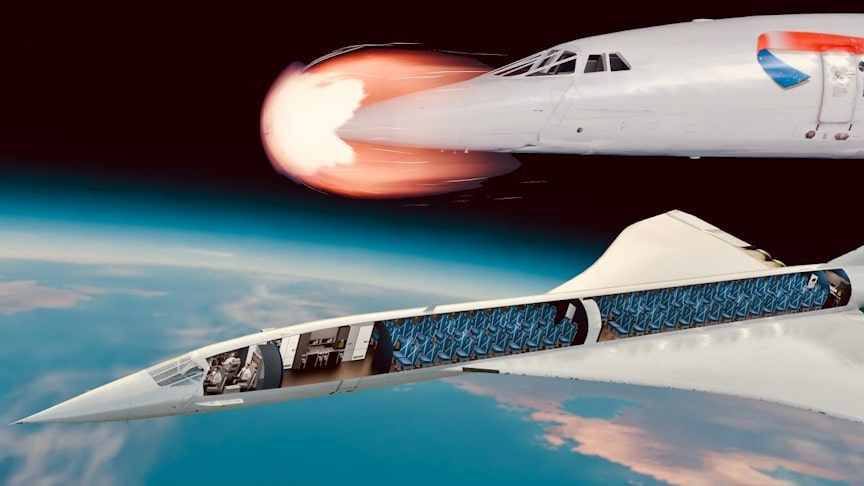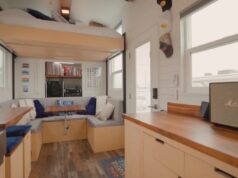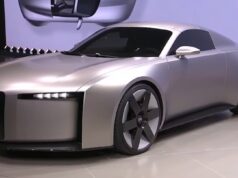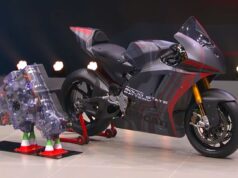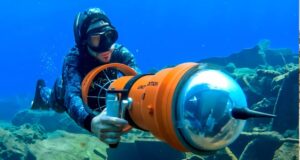The Concorde was a true aviation marvel—flying at twice the speed of sound while redefining luxury travel. Yet its story was not without tragedy: in July 2000, Air France Flight 4590 crashed shortly after takeoff, claiming 113 lives. Combined with rising maintenance costs and dwindling passenger numbers, this accident led to Concorde’s retirement in 2003.
source.image: Learn from the base
Today, surviving Concorde airframes are preserved in museums worldwide, serving as proud reminders of an era when commercial flight broke all boundaries. Concorde is a tailless aircraft design with a narrow fuselage permitting four-abreast seating for 92 to 128 passengers, an ogival delta wing, and a droop nose for landing visibility. Watch the video from Learn from the base for more info:
It is powered by four Rolls-Royce/Snecma Olympus 593 turbojets with variable engine intake ramps, and reheat for take-off and acceleration to supersonic speed. Constructed out of aluminium, it was the first airliner to have analogue fly-by-wire flight controls. The airliner had transatlantic range while supercruising at twice the speed of sound for 75% of the distance.
Advertisement
Concorde was the first airliner to have a fly-by-wire flight-control system (in this case, analogue); the avionics system Concorde used was unique because it was the first commercial aircraft to employ hybrid circuits. Concorde’s pressurisation was set to an altitude at the lower end of this range, 1,800 m. Concorde’s maximum cruising altitude was 18,000 m; subsonic airliners typically cruise below 13,000 m.

